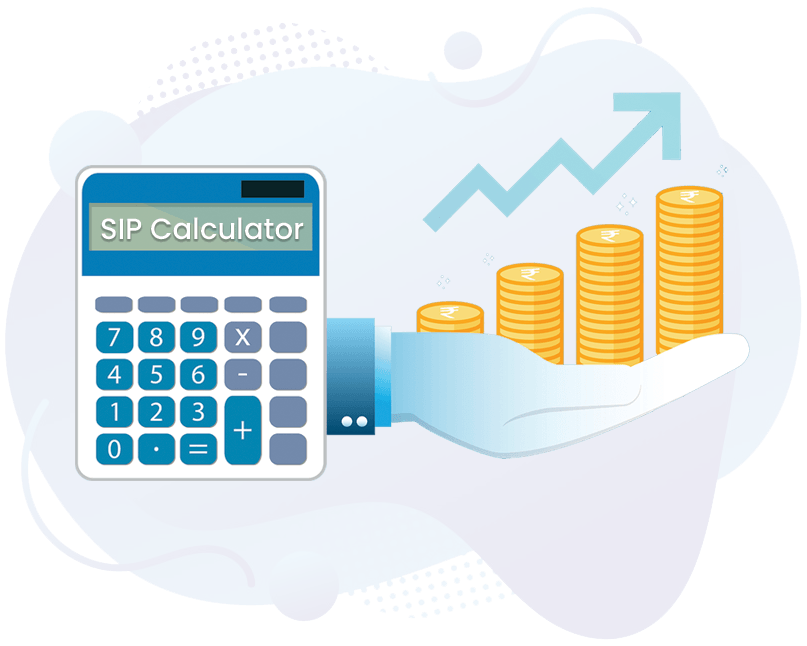Calculator
Get your Company Calculator at affordable price
- No Hidden Charges
- Lowest Price Guarantee
- Quick and Hassle-Free Process Free Expert
- Assistance for Lifetime
Get Expert Consultation
Gst Calculator
Calculating late fees for GST (Goods and Services Tax) is important for ensuring compliance and avoiding penalties. Here’s a guide on how to calculate GST late fees, including an example calculation.
Understanding GST Late Fees
In many jurisdictions, including India, late fees for GST non-compliance can accrue if GST returns are not filed on time. The late fees typically consist of two components:
- Late Fee for Non-Submission of GST Returns: Charged for every day the return is delayed.
- Interest on Late Payment of GST: Calculated on the amount of GST due.
Components of GST Late Fees
- Late Fee for Non-Submission of Returns:
- For GSTR-1 (Sales Return): Generally a fixed fee per day.
- For GSTR-3B (Monthly/Quarterly Return): Often includes a fixed fee per day plus a percentage of the total tax due.
- Interest on Late Payment:
- Interest Rate: Usually a percentage of the tax due, calculated daily from the due date until the date of actual payment.


Tds Late Payment Calculator
Calculating TDS (Tax Deducted at Source) late fees is essential to ensure compliance with tax regulations and avoid additional penalties. Below is a detailed guide on how to calculate TDS late fees, including the formulas and an example.
Understanding TDS Late Fees
Late fees for TDS are imposed when there is a delay in:
- Depositing the TDS Amount: The tax deducted should be deposited with the government by the due date.
- Filing TDS Returns: The TDS return should be filed by the due date.
Components of TDS Late Fees
- Late Fee for Non-Deposit of TDS:
- Interest on Late Payment: This is calculated as a percentage of the TDS amount that was due but not paid on time.
- Late Fee for Non-Filing of TDS Returns:
- Late Filing Fee: Charged for each day the return is delayed.
SIP Calculator
A SIP (Systematic Investment Plan) calculator helps investors determine the future value of their investments made through a SIP. SIPs are a disciplined way of investing regularly in mutual funds or other investment vehicles. The SIP calculator considers the amount invested, the duration of investment, and the expected rate of return to project the future value of the investment.
How to Use a SIP Calculator
1. Key Inputs for SIP Calculation
- Monthly Investment Amount: The amount you invest every month.
- Investment Period: The total duration for which you will be investing.
- Expected Rate of Return: The annualized return rate you expect from your investment.
- Compounding Frequency: The frequency with which interest or returns are compounded (usually monthly).
Benefits of Using a SIP Calculator
- Future Planning: Helps in planning for financial goals like education, retirement, or buying a home.
- Discipline: Encourages regular and disciplined investing.
- Compounding Effect: Demonstrates the power of compounding and regular investment.
- Goal Setting: Assists in setting realistic financial goals based on projected returns.


Swap calculator
A swap calculator is a financial tool used to determine the value and details of a swap contract, which is a derivative instrument where two parties agree to exchange cash flows based on different financial variables. Swaps are commonly used in interest rate swaps, currency swaps, and commodity swaps.
Types of Swaps
- Interest Rate Swaps: Exchange of fixed interest rate payments for floating interest rate payments.
- Currency Swaps: Exchange of cash flows in one currency for cash flows in another currency.
- Commodity Swaps: Exchange of cash flows based on the price of a commodity.
How to Use a Swap Calculator
1. Interest Rate Swap Calculator
For interest rate swaps, you typically need to calculate the net present value (NPV) of the swap payments. The basic details required are:
- Notional Amount: The principal amount on which the interest payments are based.
- Fixed Rate: The interest rate that one party will pay.
- Floating Rate: The interest rate that changes based on an index (e.g., LIBOR, SOFR).
- Payment Frequency: How often the payments are made (e.g., quarterly, semi-annually).
Term: The duration of the swap.
PPF Calculator
A PPF (Public Provident Fund) calculator helps you determine the future value of your investments in a PPF account, which is a long-term savings scheme offered by the government, typically with tax benefits. The PPF is popular in countries like India, where it provides a secure and tax-efficient way to save for the long term.
How to Use a PPF Calculator
1. Key Inputs for PPF Calculation
- Monthly Contribution Amount: The amount you deposit into your PPF account every month.
- Investment Period: The total duration of your investment in years.
- Interest Rate: The annual interest rate provided by the PPF scheme.
- Compounding Frequency: PPF interest is typically compounded annually.
Benefits of Using a PPF Calculator
- Future Planning: Helps you plan for long-term financial goals like retirement or education.
- Savings Tracking: Provides an estimate of the returns on your PPF contributions.
- Financial Decisions: Assists in comparing the benefits of investing in PPF versus other investment options.


FD Calculator
A Fixed Deposit (FD) calculator helps you determine the maturity amount of a fixed deposit investment. Fixed deposits are a popular investment option where you deposit a lump sum amount with a bank or financial institution for a fixed tenure at a predetermined interest rate. The FD calculator calculates the future value based on the principal amount, interest rate, and tenure.
How to Use an FD Calculator
1. Key Inputs for FD Calculation
- Principal Amount: The initial amount of money you deposit in the FD.
- Interest Rate: The annual interest rate offered by the bank or financial institution.
- Tenure: The duration for which the money will be deposited.
- Compounding Frequency: How often the interest is compounded (monthly, quarterly, half-yearly, or annually).
Benefits of Using an FD Calculator
- Accurate Estimation: Provides precise calculation of maturity amount and interest earned.
- Financial Planning: Helps in planning future investments and understanding returns.
- Comparison: Assists in comparing different FD options based on interest rates and tenure.
